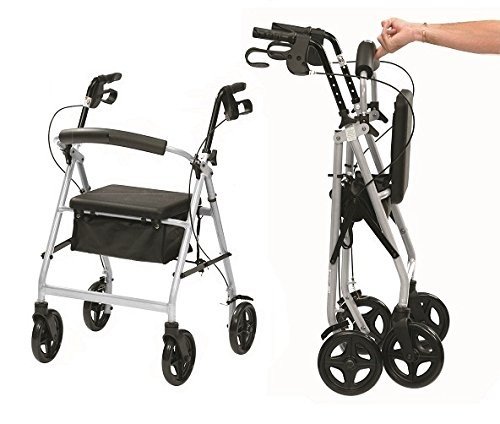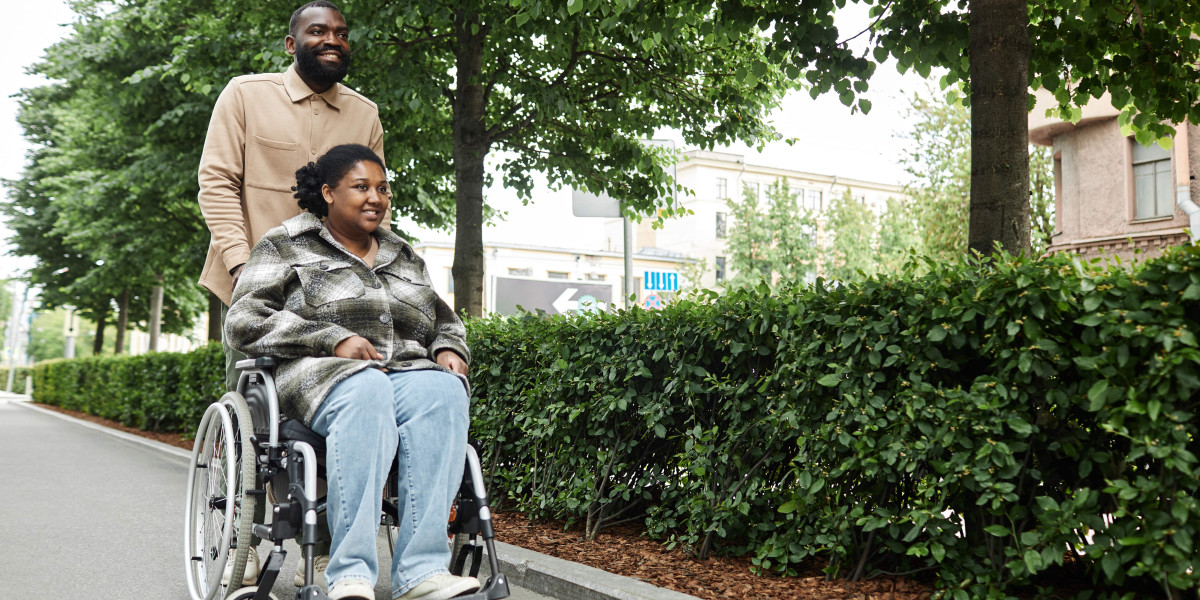How To Use A Rollator: A Comprehensive Guide
Rollators are mobility aids created to boost the independence and safety of individuals with mobility obstacles. Unlike standard walkers, rollators are geared up with wheels, a seat, and typically a storage pouch, enabling users to move with greater ease and comfort. This article provides an extensive guide on how to use a rollator successfully and securely, ensuring a smoother and more enjoyable walking experience.
What is a Rollator?
A rollator is a wheeled walking aid. It usually has:

- Three or 4 wheels: Offering stability and maneuverability.
- Hand brakes: For control while walking or when resting.
- A seat: Allowing users to take breaks easily.
- Storage space: Such as a basket or pouch for individual items.
Kinds of Rollators
There are different kinds of rollators, created to fulfill the requirements of different users:
| Type | Description | Best for |
|---|---|---|
| COSTWAY 3-Wheel Tri-Wheel Folding Walker: Adjustable Height Helavo Heavy-Duty Walker - 500 lbs Capacity - Lightweight 4-Wheel Walker with Comfortable Seat Red Option (additional reading) Rollator | Lighter and more compact, perfect for indoor use | Navigating tight areas |
| 4-Wheel Rollator | Offers stability and a larger seat, ideal for outdoor use | Longer walks and much heavier use |
| Sturdy Rollator | Designed to support more weight with extra robust functions | Users requiring additional support |
| Pediatric Rollator | Smaller in size, adjusted for kids | Kids with mobility restrictions |
How to Use a Rollator
Utilizing a rollator correctly is crucial to guarantee safety and optimize the benefits it uses. Here's a detailed guide:
Step 1: Adjust the Height
Before using the rollator, it is important to adjust the handlebars to the proper height.
- Stand straight: With your arms relaxed at your sides.
- Measure the height: The hand grips must be at wrist level when the user is standing.
- Protected adjustments: Ensure all locking mechanisms are firmly engaged.
Action 2: Familiarize Yourself with the Rollator
Understanding the components of the rollator will assist boost its use.
- Brakes: Learn how to engage and launch the brakes by squeezing the handles.
- Seat: Identify where to sit easily when you require to rest.
- Storage area: Know where you can keep individual belongings.
Step 3: Start Walking
- Position the rollator: Place it a step ahead of you, making sure that the brakes are launched.
- Grip the handles securely: Keep a light stress in your arms while holding onto the rollator.
- Step inside the frame: Move forward by stepping with one foot and after that the other.
- Maintain a straight posture: Walking must be upright, avoiding the temptation to lean on the rollator exceedingly.
Step 4: Utilize Brakes
Always use the brakes effectively to improve safety:
- To slow down: Gradually squeeze the brakes.
- To stop: Fully engage the brakes by pulling on both handles.
- To take a seat: Ensure the Rollator With Seat is steady, then thoroughly lower yourself onto the seat.
Step 5: Maneuver with Care
Turning and navigating can be difficult, so here are important tips:
- Telegraph your direction: Look where you desire to go before turning.
- Take little actions: Move gently when turning to maintain balance.
- Use a three-point turn: Turn from one side to the other, keeping the walker close.
Step 6: Practice Stopping and Resting
Taking breaks is vital. Here are suggestions for resting:
- Find flat surface areas: Ensure the location is level when you sit.
- Engage the brakes when seated: This will avoid rolling.
- Shift position gradually: When prepared to stand once again, remove the brakes before rising.
Upkeep and Safety Tips
To make sure the rollator remains functional and safe:
- Regularly inspect the brakes: Ensure they engage and release properly.
- Inspect wheel alignment: Wheels ought to not wobble; tighten up any loose screws.
- Clean the rollator: Wipe down surfaces and get rid of debris from tires to maintain smooth operation.
Typical Concerns
Users may deal with numerous typical concerns when utilizing rollators. Here are some general FAQs:
FAQs
Q1: Can I use a rollator outdoors?A: Yes, most
rollators are designed for both indoor and outdoor use. However, guarantee it has the proper wheel size and tread for outdoor surface areas. Q2: What are the weight limits on rollators?A: Weight limits
usually differ by model, but sturdy rollators can typically accommodate users weighing around 300 to 500 pounds. Q3: Are rollators adjustable?A: Yes, most rollators come with adjustable deal with heights to accommodate users of different heights
. Q4: How do I transfer a rollator?A: Many rollators canbe folded for hassle-free transport in a vehicle. Constantly examine the user manual for specific folding directions. Q5: Can I use a rollator while recuperating from surgery?A: Yes, lots of individuals use rollators during recovery to gain back strength and balance, but ensure you follow your doctor's advice.
Comprehending how to use a rollator correctly can significantly improve mobility and lower the threat of falls. Whether you are brand-new to using mobility aids or looking to improve your technique, following the guidelines talked about in this short article is essential. With practice, a rollator can boost independence while making sure safety, therefore permitting users to delight in a more active lifestyle.







